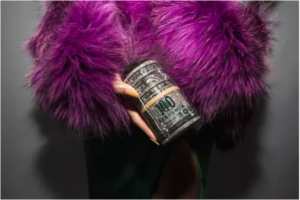The New York City Bar has selected André to join the Fashion Law Committee. With his selection, André joins an impressive group of global industry leaders in shaping the future of fashion law. As a member of the Committee, André will discuss fashion law developments and public policy, continue honing his fashion law expertise, sponsor continuing legal education events and participate in public service projects.
Learn more about how Castaybert PLLC can assist you with Fashion Law matters here.
Learn more about the New York City Bar Fashion Law Committee here.








